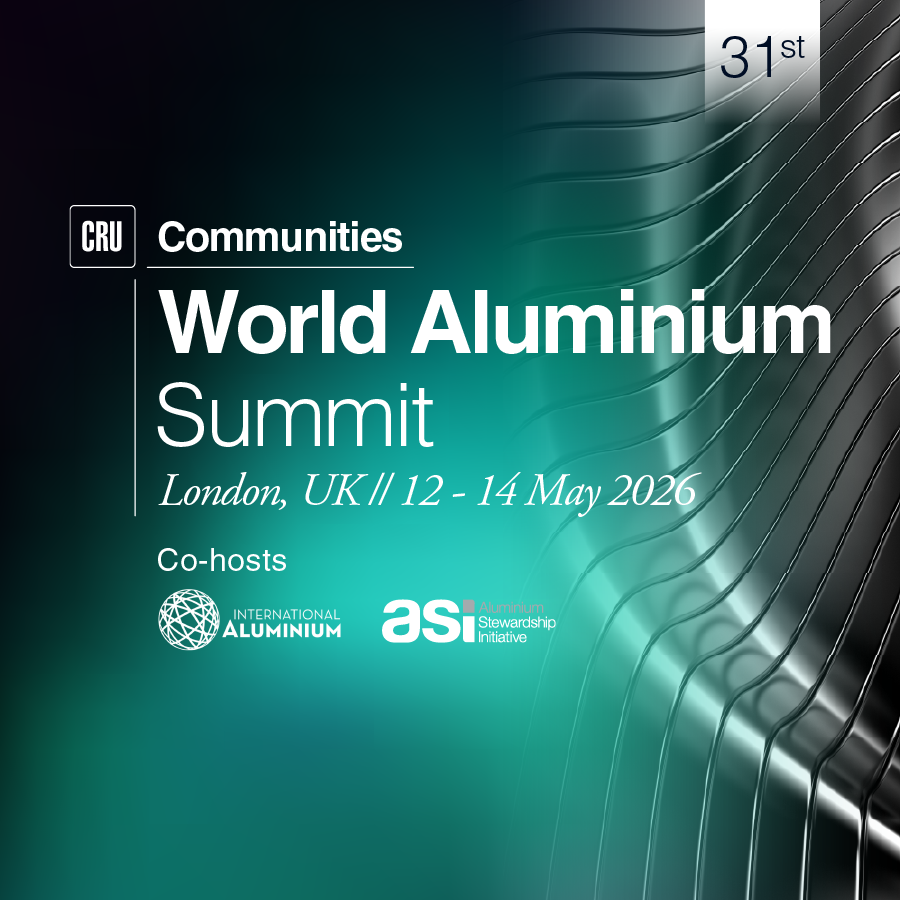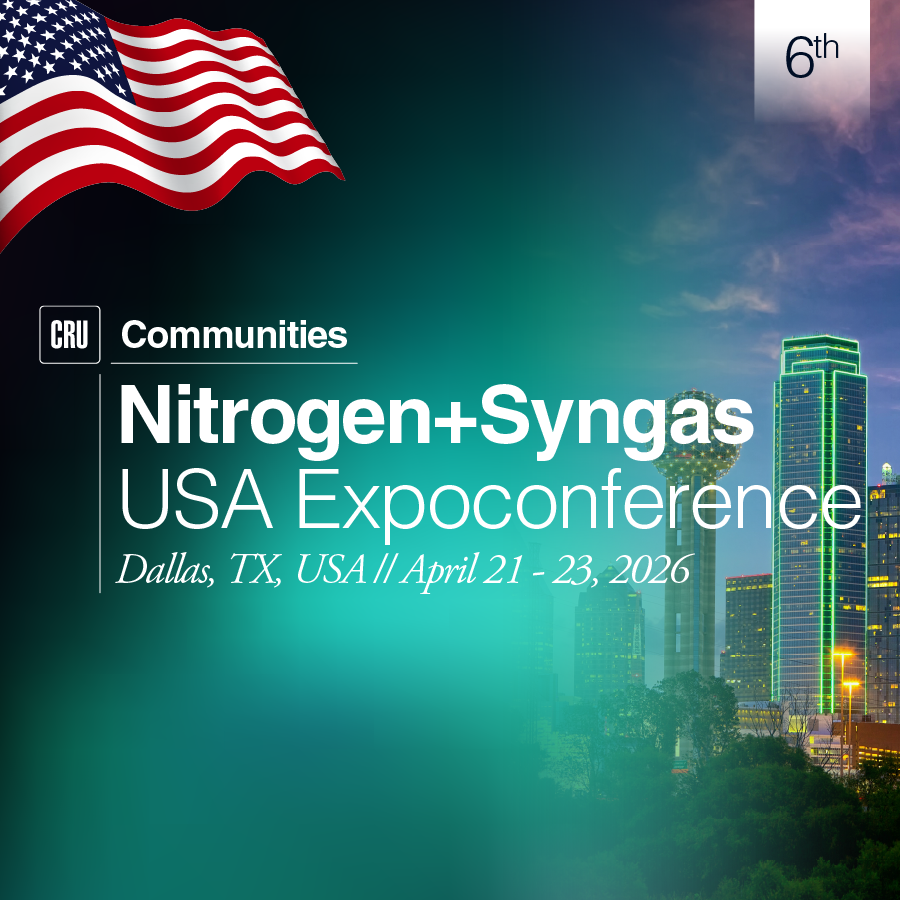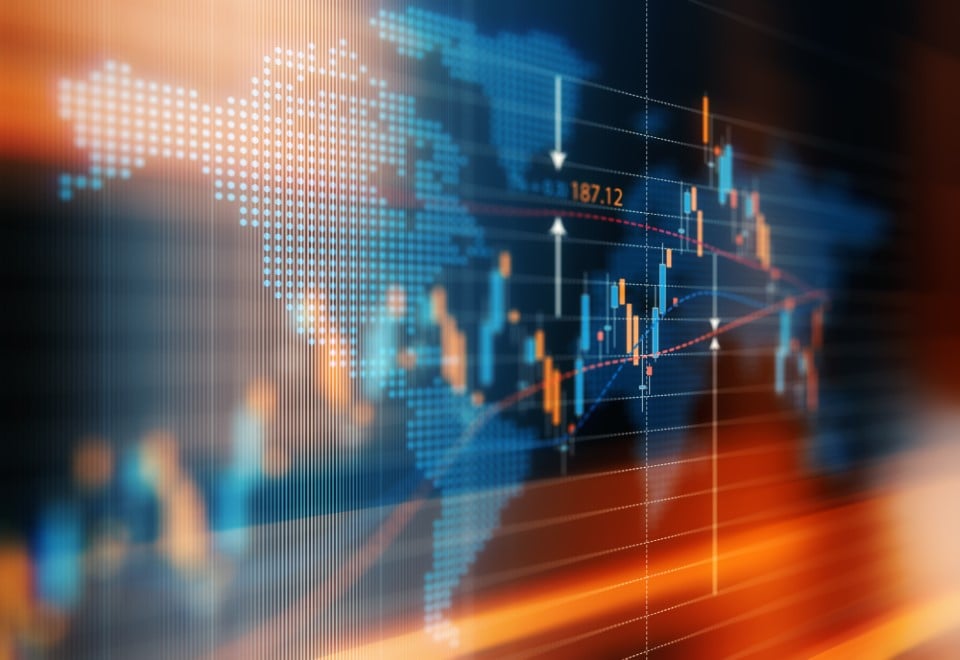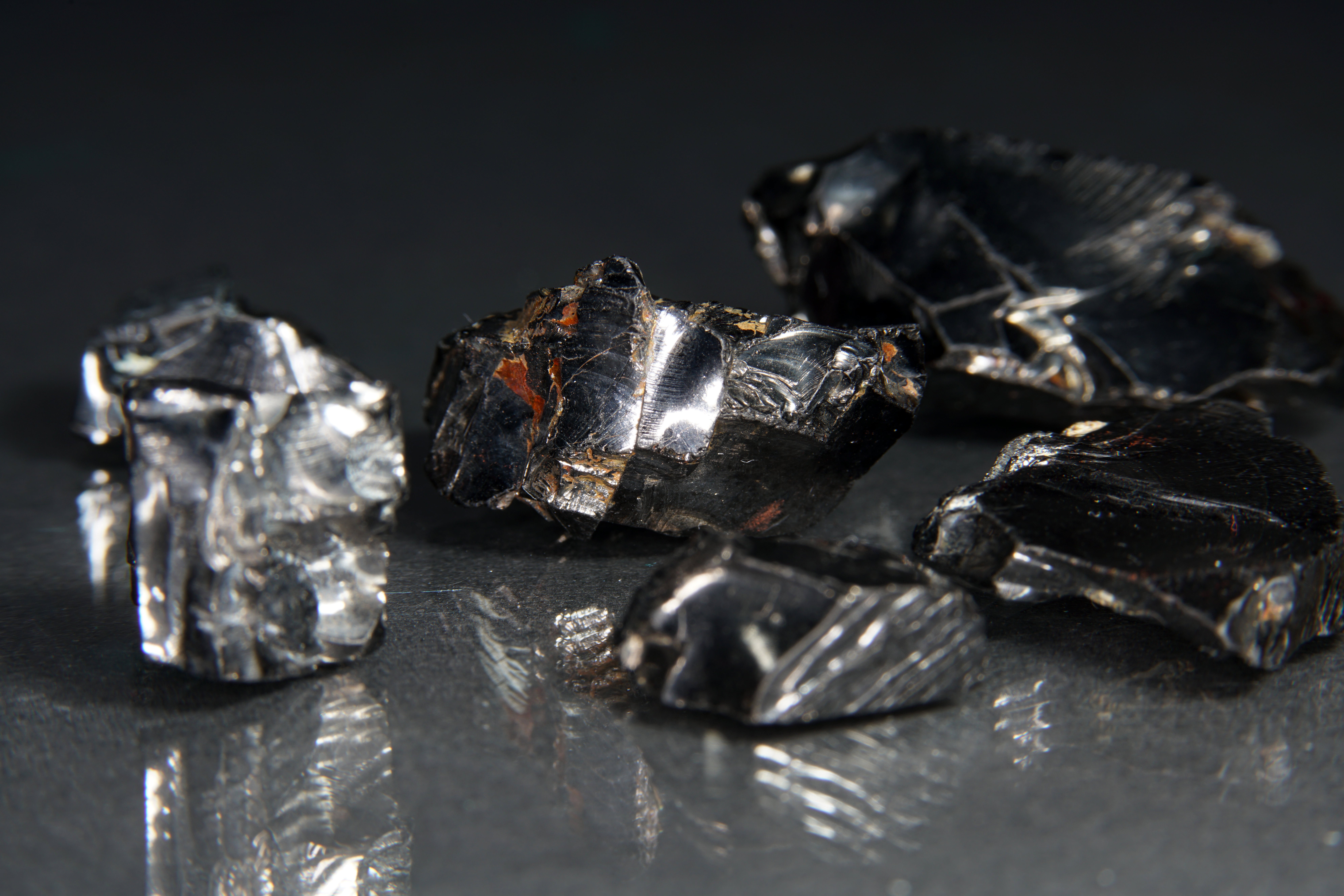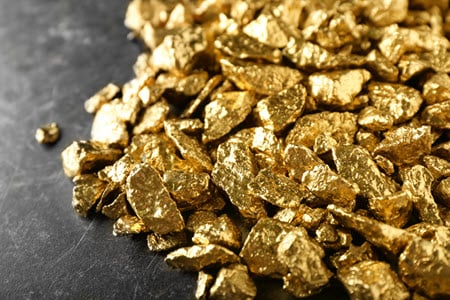As a tumultuous year draws to a close, it has become traditional for CRU Fertilizers to make a few predictions for the year ahead.
There is huge risk almost everywhere we look. Events in the Middle East have dominated the headlines over the last 12 months, Russia’s war in Ukraine is ongoing and a new US President is poised to shake up world trade with blanket import tariffs. With that in mind, our predictions for 2025 focus on what we can say with the highest degree of certainty in a very uncertain world.
- No additional duties on Russian fertilizer into Europe: We do not think that Russia is flooding the European market with cheap fertilizers. Russian imports into Europe have increased this year but they remain well within historical norms at around a third of all imports into the EU. We do not think restrictions on Russian fertilizer imports into Europe will be imposed next year, although with Poland taking on the presidency of the European Council in January, the noise around this topic is likely to increase.
- The flood of ammonium sulphate will continue: There has been consistent growth in caprolactam-based AS capacity in China and exports have grown about 20% year on year. There has also been growth from lithium iron phosphate use and AS output from that sector. In 2025 we expect AS exports from China to exceed 17 Mt, or around 80% of total global AS exports.
- US trade tariffs under a new Trump administration will be imposed: We do not forecast what those tariffs will be, but we think there will be an impact on both supply and demand in fertilizers in the US market and globally. We think fertilizer imports into the US will become more expensive. Tariffs will reduce the competitiveness of US agriculture and that will be past through to the US farmer. Tariffs will take a bite out of US fertilizer demand in the second half of next year.
- China’s urea export barriers will be lowered (eventually): We expect China will step back into the export market for urea once their peak period for spring application has passed. Exports are likely to resume in the second half of the year. DAP and MAP fertilizers exports from China are also controlled but have not been curtailed in the same way as urea. Going forward we think DAP/MAP exports will be structurally lower but will not be restricted in the same way as urea.
- More nitrogen consolidation and closures in Europe: European nitrogen producers will remain under pressure in 2025. We expect global ammonia prices will decline in the year ahead with new ammonia capacity coming onstream. Gulf Coast Ammonia will commission, and Russian Black Sea exports will resume. Pricing of natural gas and ammonia in Europe will diverge incentivising ammonia imports over production, particularly in the second half of the year. Some producers will switch off ammonia production in favour of imports. Some gas-price relief will come in 2026 with new LNG production onstream, although the definitive phase of CBAM will start taxing fertilizer imports based on carbon intensity, which will bring some relief to European producers in 2026.
- Phosphate incentive pricing to spur investment: Granular phosphate prices are so high at present they have now intersected our long-run marginal cost (LRMC) for DAP. DAP prices are now high enough to cover not just operating costs but all also the recovery of capex suspended on a new facility. We expect phosphate prices to remain at these levels for the next two years. This should incentivise a producer to invest in new greenfield capacity outside the usual suspects of Saudi Arabia and Morocco. The question for prospective producers is whether the voluntary measures that have supported prices this year will last. Still, there are some good reasons to invest in new capacity, particularly in the US and Australia.
- China continues to ramp up international potash investments: There is no prospect of further investment in China’s domestic potash capacity as China has run out of undeveloped potash resources. China faces rising reliance on MOP imports. Capacity in Laos will rise from less than 1 Mt only a few years ago to more than 5 Mt from next year, making Laos a bigger producer than both Germany and Israel. These investments are all backed by China. China is also taking more product from this part of the world, where it feels it has a great degree of control over pricing. But China is also looking further afield, at potash investments in Thailand, Republic of Congo and even in Spain. CRU now has around 9 Mt of Chinese-backed potash investments in our ‘probable-case’ forecast, with a large chunk of that likely to enter our ‘base-case’ forecast pressuring prices in future.
- Blue ammonia to continue advancing while green ammonia falters (outside China): There are many different cost estimates for green ammonia which CRU thinks are too low. There are a number of different green ammonia products on the drawing board which we do not think will advance. They will need significant supply-side subsidies. We do not think the price of blue or green ammonia will be high enough to incentivise many of these planned projects to operate in a free market. More clarity is needed over demand-side incentives in places such as Japan and South Korea. Blue ammonia has more potential than green and because it has a lower carbon footprint than grey ammonia is advantageous for sending product into Europe as CBAM is implemented in 2026. Greenfield blue ammonia projects will come into production over the coming years in the US and Qatar along with some brownfield retrofit operations using CCS in the US. The project pipeline supports our call that blue ammonia will be the focus of investments for the next few years. Green ammonia development will most likely focus on China.




